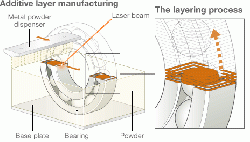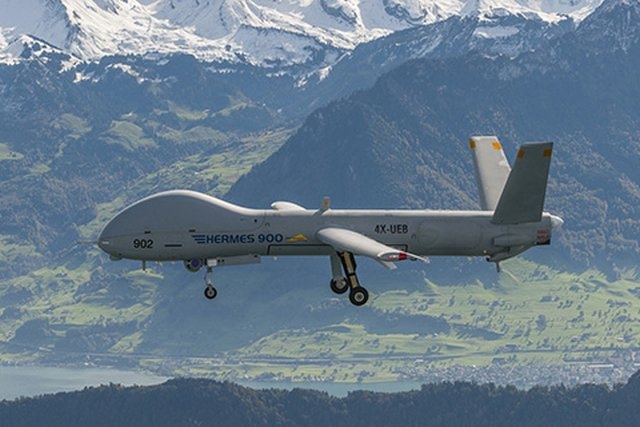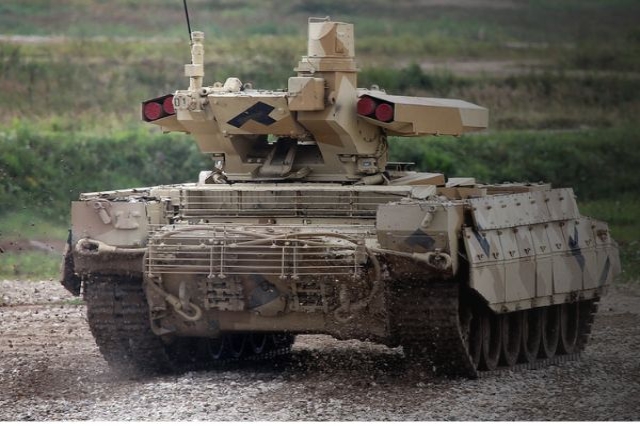3D Printing Could Cut Down Military Hardware Maintenance Costs

With the recent successful demonstration by BAE Systems of its Tornado fighter jet fitted with metal components created on a 3D printer, the aerospace and defence industry is excited over the prospect of a technology which may reduce its spares warehousing and logistics cost.
Procuring and stocking spares and moving them to bases form a huge part of the running cost of maintaining military hardware such as aircraft, tanks and ships. Having these printed on a 3D printer just-in-time for the scheduled maintenance could bring down costs substantially.
Last year, the European Space Agency had unveiled plans to introduce Amaze projects, the 3D printing technology project, to build parts for jets and spacecraft. The 20 million euro project brings together 28 partners from European industry and academia - including Airbus, Astrium, Norsk Titanium, Cranfield University, EADS, and the Culham Centre for Fusion Energy.
The new 3D printing technology also called as additive manufacturing, uses the layered method of assembly, allowing intricate designs - geometries which are impossible to achieve with conventional metal casting.
Several techniques can be used to “print” a solid object layer by layer. In sintering, a thin layer of powdered metal or thermoplastic is exposed to a laser or electron beam that fuses the material into a solid in designated areas; then a new coating of powder is laid on top and the process repeated. Parts can also be built up with heated plastic or metal extruded or squirted through a nozzle that moves to create the shape of one layer, after which another layer is deposited directly on top, and so forth. In another 3-D printing method, glue is used to bind powders.
Last year, BAE Systems have produced one of the largest 3D printed metal parts, a 1.2m titanium wingspar, using a specific kind of 3D printing known as the Wire and Arc Additive Manufacture (WAAM) process. The WAAM allows the production of large custom-made metal parts with high deposition rates, a major concern of the aircraft industry. In WAAM an increase in productivity can be achieved through the use of high weld travel speeds.
General Electric has also used the technique to make fuel injectors for one of its aircraft engines. China claims to be using 3D printing to manufacture load-bearing components in aircraft.
According to MIT Technology Review, Boeing has already applied a laser sintering method on its existing military and commercial aircrafts, including 32 different components for its 787 Dreamliner planes, according to Terry Wohlers, a manufacturing consultant who specializes in additive processes.
EADS (Now Airbus) is also using the technology to make titanium parts in satellites and hopes to use it for parts it makes in higher volume for Airbus planes. In September 2013, Bloomberg reported that 3D printing industry is projected to be worth a staggering $3 billion by 2016.
Companies such as Stratesys Inc, HP, 3D Systems Corps., ExOne, Voxeljet AG, Group Gorge, Camtek and more employ 3D printing technologies, and with the recent bloom, the companies can expect revenue of $10.8 billion by 2021.









